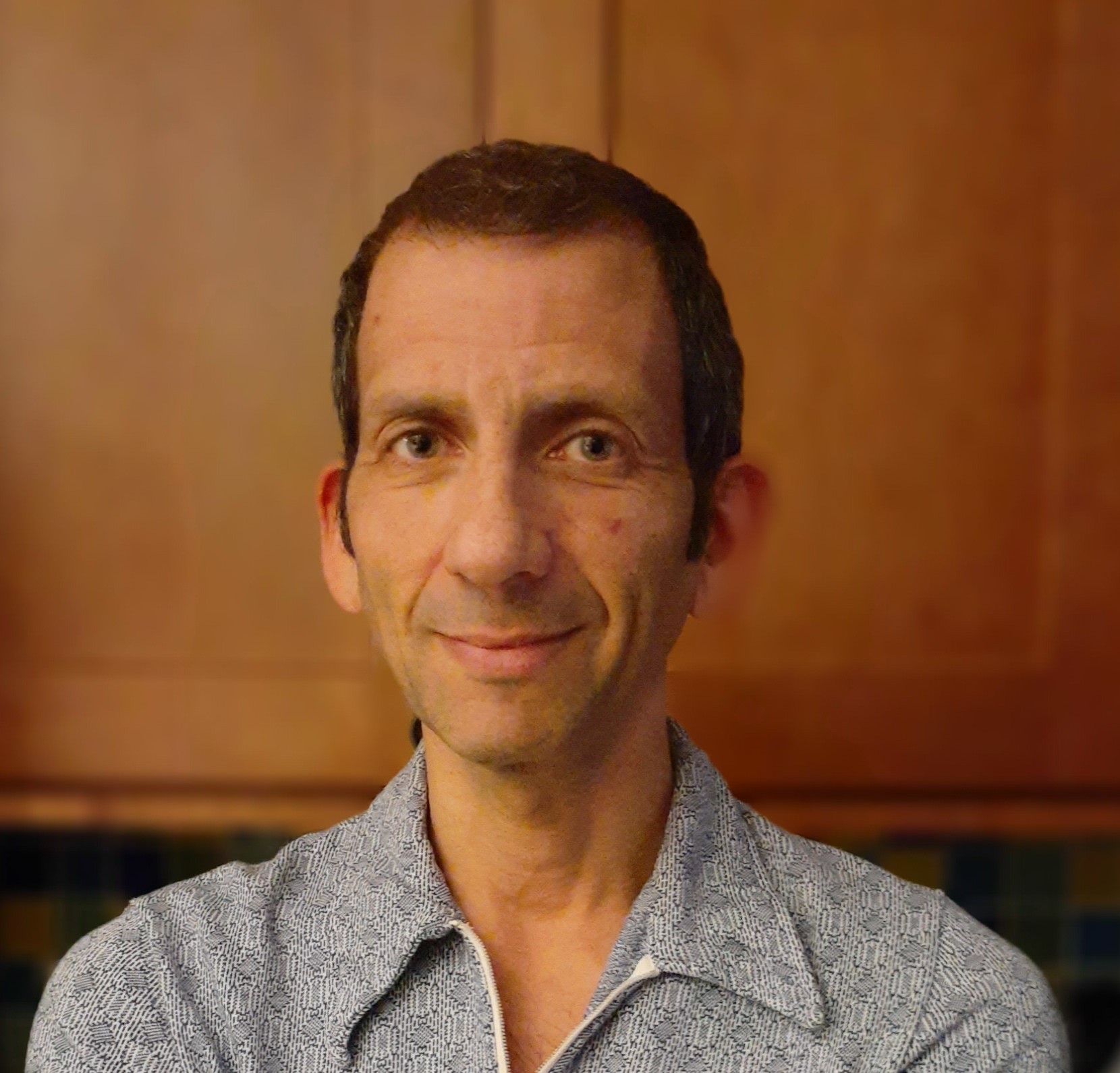In just a couple of days’s time, there’s going to be a total solar eclipse.Maybe you’ve heard.
From the zone of totality, which sounds like something filled with many more sinister, time-traveling robots than it probably will be, to the inclination of the Moon’s orbit, to maps of internet searches about the eclipse, it’s hard to find something to say about it that hasn’t already been said hundreds of times.
From where I’ll be, I’ll see about 70 per cent totality. Not bad, but not the big show.
At times like these, I like to think about what the view will be like in other places.
With good reason, most of the talk has been about being on the ground as totality happens overhead, and I’d bet most of us have tried to picture that.
Imagine, though, what it would be like if we were on the Moon during the eclipse.
From there, the sky won’t grow dark.
It’ll already be dark; both because there’s no significant atmosphere to scatter sunlight, but also because the Sun will be behind us, lighting up the Moon’s far side.
From Earth, a new Moon is night time on the Moon’s near side.

The ground around us will be dark.
At most, some sunlight relfecting back to us off Earth will give us some light.
Earth, which is always in our sky, goes through phases of its own as seen from the Moon.
Monday morning, it will be alive with daylight; a full Earth in among the stars of the constellations Capricornus and Aquarius.
Slowly, North America will rotate into view and a dim darkness will creep across it.
That’s the thin, outer reaches of the Moon’s shadow; its penumbra.
Our friends there will see this as partiality.
You can see your own penumbra as a hazy outline around the very dark part of your shadow when you walk outside on a sunny day.
Your penumbra is very small, but the eclipse’s penumbra is broad enough that it will reach across the Atlantic.
Parts of the UK, Europe and Africa will even see a very small amount of patiality just before sunset.
As we watch, a very deep, very dark patch within the penumbra will speed across the continent.
People in its path back home will consumed by the Moon’s umbra.
The Sun will vanish with the last moments of partiality before the stars come out, filtered glasses come off, and day falls still.
While the people within totality see day become night for those fleeting moments, we would actually be watching our own collective shadow cast onto them as they stop to watch.
From the Moon’s perspective, it’s the same arrangement as on Earth during a lunar eclipse.
As we watch the Moon’s shadow wash over them, we would be seeing ourselves move in our orbit around our friends back home.
From there, as the umbra made its way across the continent and then out to sea, filtered glasses would go back on, and partiality would return as the penumbra sweeps behind.
Over five hours after the first hints of the partial eclipse back home, the eclipse will end.
This is all assuming you’re on the Moon’s near side. From the bright daylight on the far side, you’ll just keep saying “What’s an ‘Earth'?”
You may be disappointed about not being able to make it to the big show this time around, but maybe getting a different perspective will help. I hope you enjoy it no matter where you are.
Scott Levine is a dad and astronomy lover who stares at the sky over his family’s home north of New York City.
You can read more of his light-hearted look at astronomy at Scott’s Sky Watch.
